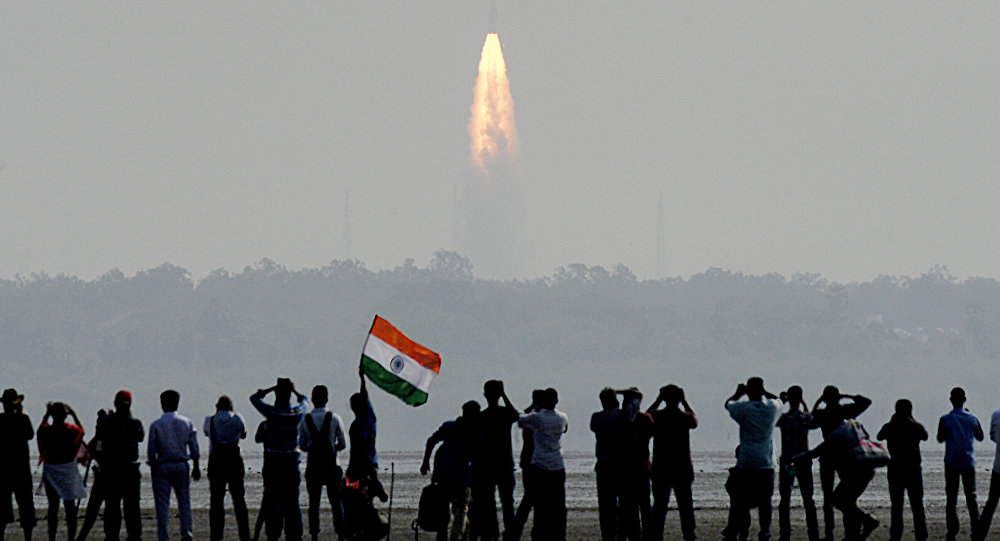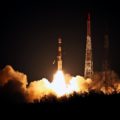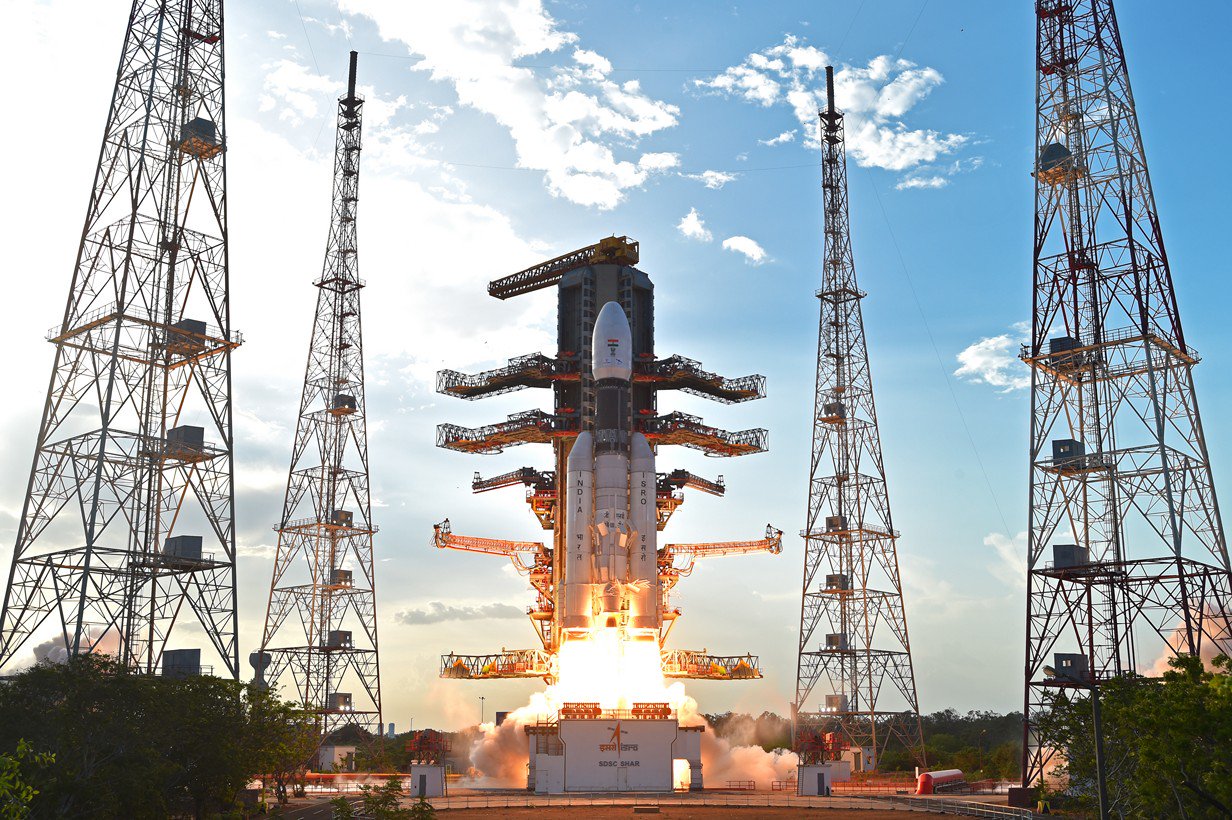Indian Space Research Organisation will soon launch a replacement navigation satellite fitted with corrected atomic clocks to make up for the crippled satellite,
IRNSS-1A. The upcoming IRNSS-1H will be sent up towards the end of August and a date is yet to be fixed, ISRO Chairman A.S. Kiran Kumar said. Its launch became imperative after all three rubidium atomic clocks on IRNSS-1A failed in mid-2016, Mr. Kumar told The Hindu . Three more clocks failed later across the fleet of seven satellites, which together had 21 atomic clocks.
“We had problems with all [three] clocks in 1A and needed to bring in the replacement,” Mr. Kumar said, adding that the manufacturer had corrected the problem for the clocks in the new spacecraft. An internal committee had identified the cause of 1A’s failure. The new clocks are identical to the old ones.” The malfunctions [ The Hindu , January 30, 2017] struck the orbiting satellites even as ISRO completed putting the seventh and last regional navigation spacecraft, 1G, in orbit in April last year. The first one was put in orbit in July 2013. The Rs. 1,420-crore fleet, now called NAViC or Navigation in Indian Constellation, is India’s own GPS like Satellite positioning system to give accurate information about location and time of persons or objects — in the same way as the older U.S. Global Positioning System or Russia’s GLONASS. Positional details are vital for civil and military aviation, defence needs, ATMs and individual users, besides transport on land, sea or air.
European Space Agencys problem
The clocks for ISRO’s NavIC and the European Space Agency’s first 18 Galileo satellites came from the same Swiss company and developed similar problems around the same time. The two agencies had compared their navigation troubles. Mr. Kumar said the hardware solution was also similar for the two agencies.
Clarifying that ISRO continues to use all seven satellites, he said the troubled 1A can still send low-powered messages and weather data that are useful to fishermen. “Basically four of these navigation satellites are sufficient for our functions. Within the 1,500 km range it makes no difference” except in the case of satellites put in geostationary orbits, he said. Without the clocks, IRNSS-1A gives a coarse value that cannot be used for functions that need precise data. However the satellite can be used a data transmitter.
Very few countries have their own navigation systems. USA, RUSSIA, CHINA, EUROPE, JAPAN and INDIA.
SOURCE: The Hindu




